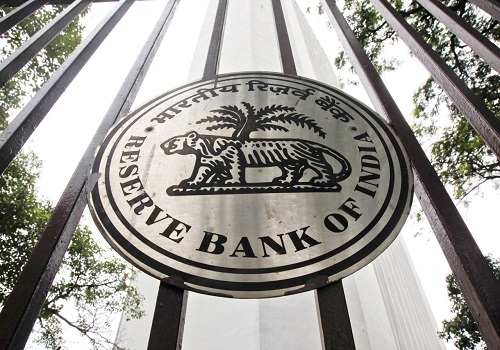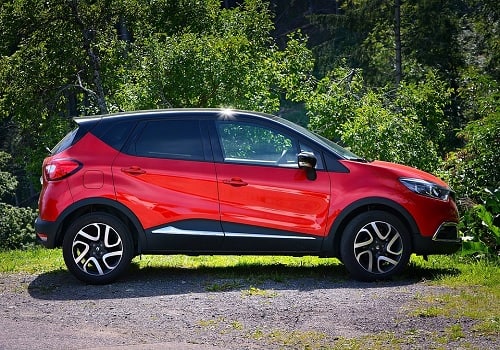Auto Sector Update - PLI for ACC batteries to drive down cell cost By Motilal Oswal

Follow us Now on Telegram ! Get daily 10 - 12 important updates on Business, Finance and Investment. Join our Telegram Channel
PLI for ACC batteries to drive down cell cost
Technology-agnostic scheme focused on value add at cell level
We interacted with Mr. Aman Hans, ex-Niti Aayog, Program Lead for PLI for ACC batteries, to get insight into the proposed production-linked incentive (PLI) scheme on advanced chemistry cell (ACC) batteries. The Cabinet recently approved an outlay of ~INR181b over five years with the objective of achieving an investment of ~INR450b to set up a 55GWh capacity. This was aimed at implementing import substitution for advanced batteries and driving the electrification of vehicles in India.
The following are the key highlights from our discussion:
* The PLI for ACC batteries is a technology-agnostic scheme. The performance specifications have been laid out based on density and cycle life. Bids would be evaluated on three parameters, viz a) the scale of investment in the plant (minimum 5Gw), b) the value addition proposed (a minimum of 25% over two years and 60% over five years), and c) the subsidy sought per Kwh (a maximum of INR2,000/Kwh plus additional incentives on beating the specs). There are additional bonuses beyond INR2,000/Kwh, and the maximum incentive is USD50–60/Kwh.
* This program is solely focused at the cell level and does not incentivize battery packaging. It covers the entire gamut of technology covered in a wide range of applications(from auto, power storage, to consumer goods).
* Incentives would be available after fulfilling the KPIs and localization, and there would be no restrictions on end use or end markets.
* Networth is the only criteria (proposed at USD30m/GW), and there is no technology, JV, or collaboration requirement.
* Based on the global benchmarking, the smallest plant would be 5GW, whereas the global average would be 10GW. The government has extended a five-year window to phase out the company’s capacities; hence, investments may be phased out gradually.
* 60% localization is highly achievable. With a 50GW capacity, the upstream value chain (cathodes, etc.) would also see adequate scale for localization.
* This policy should drive cell cost below USD60–70/Kwh for high-grade LFP.
* This is the only PLI scheme where there is a sovereign guarantee, similar to infra projects.
* India is at the advanced stages of sourcing raw material with LatAm countries and has entered into exclusive agreements for lithium and other RM. Talks are on with Australia as well.
Our views
* Apart from the PLI benefit, lithium battery manufacturing was offered investment-linked income tax exemptions u/s 35AD and other indirect tax benefitsin the July 2019 Budget.
* The PLI incentive, coupled with expected decline in lithium prices, would lower the cost of lithium cells to below USD70/Kwh within the next 4–5 years. This would drive a substantial reduction in the cost of batteries, which would prove critical in driving electrification.
* While the interest in PLI for the ACC batteries is expected to be high, the gradual electrification of autos may pose a risk for potential bidders from the demand perspective. In this context, a global player with tie-ups with OEMs and the capability to export would be better positioned to benefit from this PLI scheme.
* Representations have been made to the government to lower the eligibility criteria (networth and minimum capacity requirement). If the minimum capacity requirements are, indeed, reduced from 5GW, we see scope for existing battery makers to benefit by targeting industrial segments.
To Read Complete Report & Disclaimer Click Here
For More Motilal Oswal Securities Ltd Disclaimer http://www.motilaloswal.com/MOSLdisclaimer/disclaimer.html SEBI Registration number is INH000000412
Above views are of the author and not of the website kindly read disclaimer










More News

Banking Sector Update -Credit cards and other analyses By Yes Securities





 320-x-100_uti_gold.jpg" alt="Advertisement">
320-x-100_uti_gold.jpg" alt="Advertisement">








